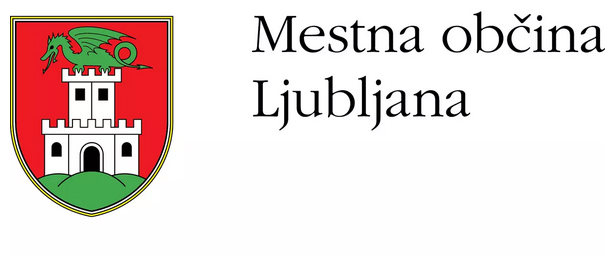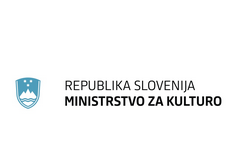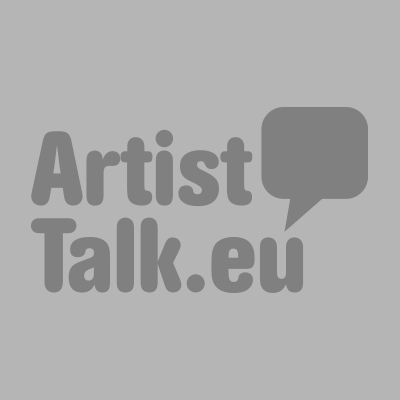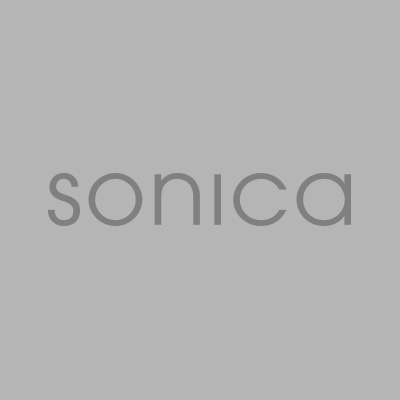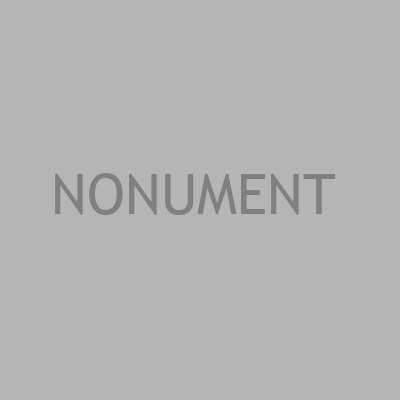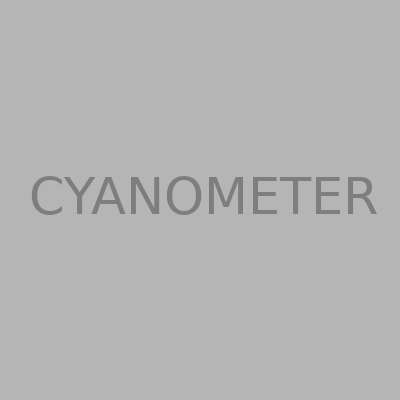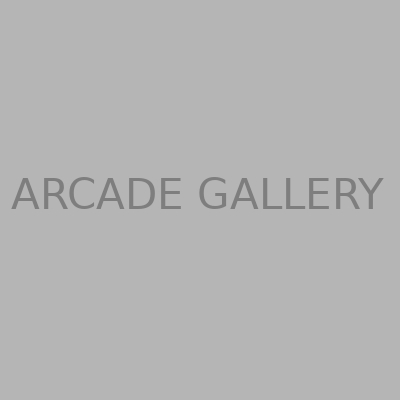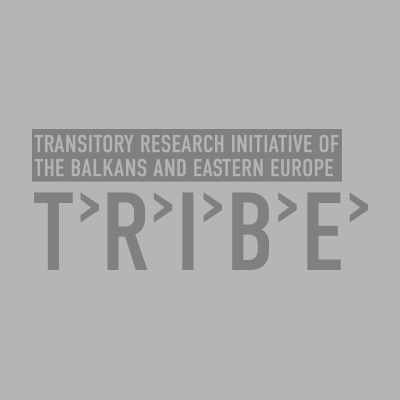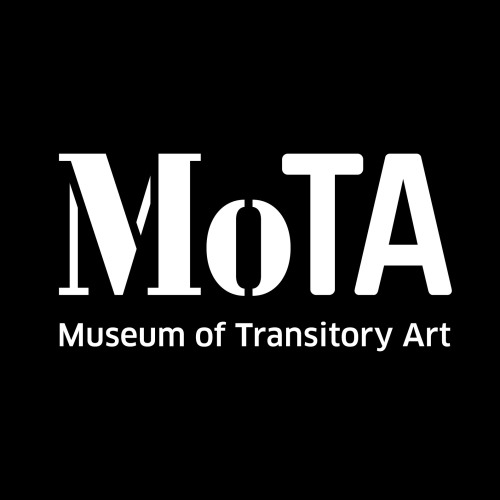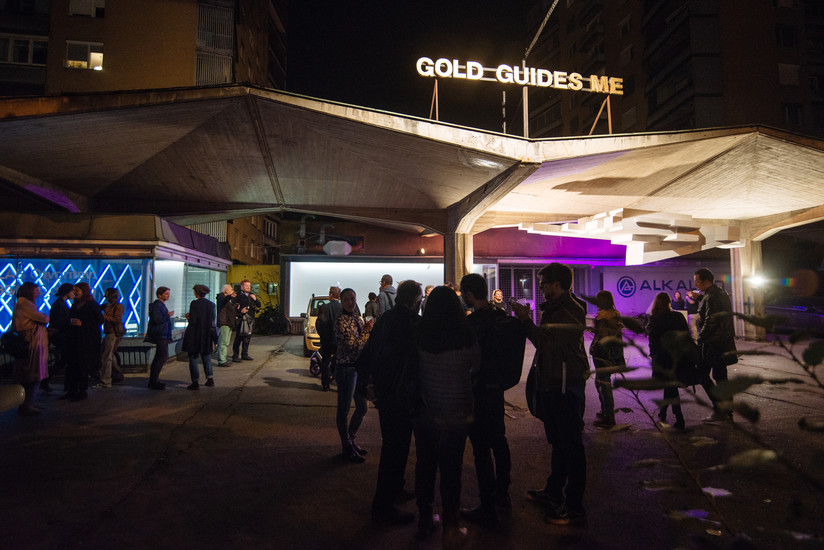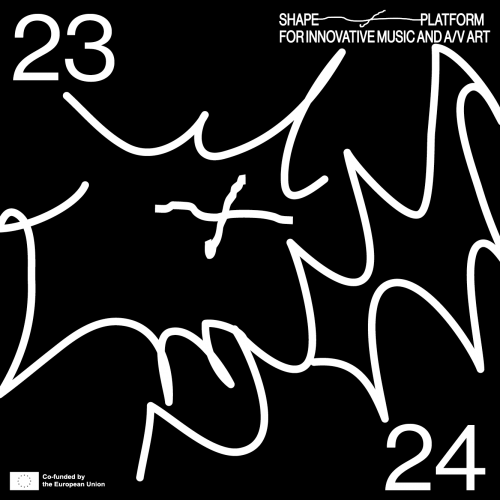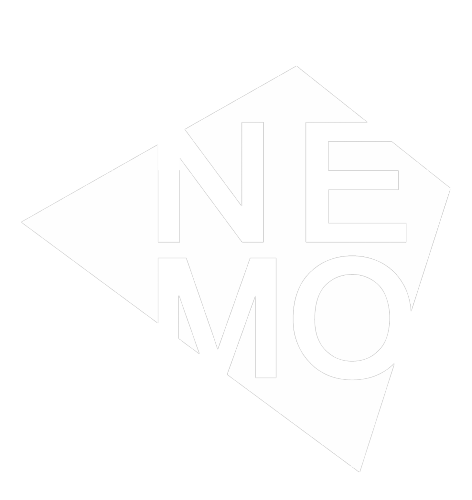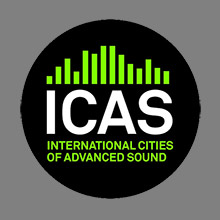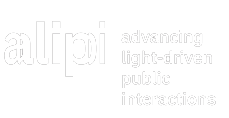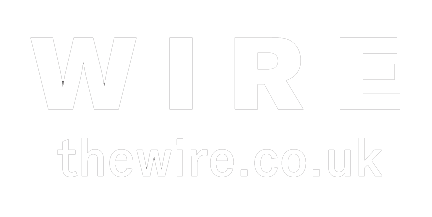Wednesday, 17 January 2024 – preview show
Venue: Kadiköy Kent Museum
18-21 January
Entry is free to the fair
https://www.noise.ist/
MoTA – Museum of Transitory Art is presenting exclusive limited pieces by artists represented in MoTA Collection at the Noise Media Art Fair Istanbul.
Artists presented: Martin Bricelj Baraga & Fraction, Adam Basanta, Uršula Berlot, Andy Lomas, Tristan Perich & Zimoun.
Martin Bricelj Baraga
‘DROP’
80x80x80cm, metal, textile, magnets, speaker.

DROP is an audiovisual installation that sonifies the melting of ice in time through days, months, years – using the lycra textile that forms a levitating drop as a projection surface. DROP is based on a data visualisation and sonification piece developed by Baraga and Fraction – a composition in time, about the disappearance of our most valuable natural element – ice.
The installation visualises and sonifies the melting of ice in time through years, months, days. The composition that visualises drops as a metaphor of melting of ice transforms rapidly as we move towards the present moment- clearly reminding us of its urgency. The dataset is used from project IMBIE, a collaboration between scientists supported by the ESA (European Space Agency) and the NASA (National Aeronautics and Space Administration).
Sound design: Fraction
Slovenian artist and curator Martin Bricelj Baraga creates interactive works and sculptures that explore spaces between environment, nature, technology and humans. By using urban and natural environments together with light, sound and movement he creates kinetic large-scale installations for public interaction, which can be mostly seen in public spaces and in unusual architectural contexts. He focuses on creating atmospheres that challenge our perceptions and question symbols and myths as a series of time and space-based experiments.
Adam Basanta
‘Tate colour field’ (after Paolozzi)
Archival pigment print, 70x50cm. Ai assisted, computer-generated aggregate-collage using 30 images from the Tate Museum collection.

Database paintings is an ongoing body of post-photography digital work using no original pixels; a re-imagining of “democratized” museum databases through the lens of data-aggregation technologies.
Each image is created by aggregating pixels from freely available images of artworks, sourced from the permanent collections of The Tate, Guggenheim, and Reina Sofia Museums. Using custom software, metadata filtering, and machine learning techniques, groupings of pixels are “mosaicked” from the original artworks onto a new canvas, creating images that articulate a space between recognizability and emergence; images that reveal both specific details of historically significant works as well overarching statistical features.
These new, original works, retain underlying associations while reconstituting them within a digital realm of preservation: a virtual simulacrum in dialogue with notions of originality, intent, style, and historicity.
Adam Basanta is an artist based in Montreal. Originally studying contemporary music composition, he has developed a broad, autodidactic artistic practice in mixed-media installations, sculpture, and print media. Across various media and techniques, he investigates technology as a meeting point of concurrent, overlapping systems; a nexus of cultural, computational, biological, and economic forces. He is particularly interested in the troubled intersections of quantitative and qualitative methodologies, and often seeks to confuse, balance, and synthesize these seemingly oppositional approaches.
Uršula Berlot
‘Traces’
Synthetic paint on an acrylic base smoke: 20 x 20 cm (4-6 works)
‘Attractions – Similarities’
kinetic objects with magnet and metal particles (diameter 12 cm)

Uršula Berlot is searching for subtly perceptual, invisible, intangible, but indeed very much present organisational principles in nature and our perceptions. Multimedia project Attractions – Similarities is focusing on magnetism as a physical phenomenon, which is being visualised in different ways – with kinetic objects, video recording, drawings and photographs of exaggerated configurations of particles. The consequences of this invisible natural activity – audio and visual recordings of movement of magnetic particles – metaphorically speak about strange internal order of vaguely coincidental or chaotic (natural and mental) phenomena and simultaneously question the certainty of our cognitive abilities to distinguish between animate and inanimate, natural and unnatural.
Uršula Berlot is a visual artist, theorist of art and lecturer, with an interest in the intersections of art and science. Her artistic practice is related to perception and conditions of consciousness, her light and kinetic installations investigate forms of cerebral landscapes, simulated nature and relationships between body and technology.
Andy Lomas
‘Constrained Forms’
High definition stereoscopic video, Android tablet, 3D printing, folding stereoscope
12x22cm

Inspired by the work of Alan Turing and D’Arcy Thompson, Constrained Forms is the latest stage of an artistic exploration into creating form through digital simulation of morphogenetic processes. Computational simulation of growth through cellular division is used to generate complex emergent forms.
These forms explore how constraints and influences can be used to try to influence growth processes to create structures with desired properties, sometimes with deeply unexpected results. The desire is to keep rich emergence, navigating through the space of possibilities to achieve aesthetic goals through iterative experimentation rather than explicit directorial control.
Andy Lomas is a computational artist, mathematician and Emmy award winning supervisor of computer generated effects. His art work explores how complex sculptural forms can be created emergently by simulating growth processes. Inspired by the work of Alan Turing, D’Arcy Thompson and Ernst Haeckel, it exists at the boundary between art and science.
He is currently based in London, developing his art practice as well as working as a Visiting Research Fellow at Goldsmiths, University of London.
‘Tone Patterns Study #2’

Noise Patterns (Collector’s Edition), 2018 Custom circuit board (stereo audio, 1-bit), silkscreen on paper 26 x 40 in / 66 x 101.6 cm, silkscreen Edition of 50 Signed and numbered
‘Tone Patterns Study #2’

The work Tone Patterns Study #2 is an addition to Perich’s project Noise Patterns, in which he is researching the shaping and stressing of digital sound. In Tone Patterns, cascading harmonies of 1-bit tones create dense binary interference patterns, generated by Perich’s custom-built audio hardware. In response to the abstract, rhythmic textures of his recent Noise Patterns, Tone Patterns now extends this approach to his original musical language: pitch. His first new electronic project to explore tone and harmony since 1-Bit Symphony (2009), Tone Patterns is a new solo presentation of Perich’s intuitive musical processes.
Tristan Perich is a composer and visual artist inspired by the aesthetic simplicity of math, physics and code. 1-Bit Music, his 2004 release, was the first album ever to be released as a microchip, programmed to synthesize his electronic composition live. His work is exhibited, performed and lectured all over the world, at Sonár festival and Ars Electronica in Linz, among others.
About Noise Media Art Festival
Noise, Turkey’s newest art fair, will make its debut in Jan. 2024. The media art fair will be unique in Turkey and one of the few events of its sort worldwide. The fair will consist of the music and art program and is curated by Alessandro Ludovico, the galleries presented are ArtOn Istanbul(TR) – BBA Gallery(DE) – CulturFoundry(FR)
DAM Projects(DE) – Elektra(CA) – Galerie Dix9 Hélène Lacharmoise(FR)
Julie Caredda Gallery(FR) – K011 (CH) – Kate Vass Galerie(CH)
MoTA – Museum of Transitory Art(SI) – NADO Curatorial Agency(INT) – PİLOT(TR) – Sanatorium(TR) – Siyah Beyaz(TR) – WHITE NOISE(KR) – ZETO Art(FR). The music program will exclusively present artists on live sets. Andy Stott, Michael Rother and Wolfgang Voigt.
MoTA presents its first-ever Impermanent Museum collection with works by artists we’ve worked with since 2007. The collection Arte/Facts shows works that are parts or residues of a process- either works-in-progress or processual works.
MoTA is a museum without physical space promoting works that avoid genre and medium definitions. The works transit between boundaries, are multi referential, and open questions instead of trying to answer them.
‘Transitory’ is thus understood in a wider sense: not only as temporary, but also as transitioning in space and time and as a unique geographical and historical position (between east and west).
Since its beginning – by defining itself as a museum in space and time – MoTA bound itself to openness in mediums, contents and approaches. Transitory art in the museum joins interests for practices which have already acquired names, such as generative art, artivism, sound art, live cinema, art and science, public space art and other experimental movements which do not have a name yet. This crossing of fields of art which are still being developed and discovered through the very works we present, is what is common for the works in our collection. Though it shows only a small part of the whole, the collection will become more and more comprehensive in the decades to come.
The MoTA museum collection is impermanent and versatile. The works included defy the understating of an artwork as an already concluded whole in time and space. Instead, they ought to be understood as a break in the process, as side effects or as tools and methods which are able to recreate the artwork. With the emergence of art documentation, as already recognized by Groys, art isn’t only present in objects anymore. The objects that refer to what the artwork is and are exhibited as the artworks themselves, are actually not. And instead of seeing the artwork as the end result of a process, they refer to life itself, without trying to present it.
Supported by Municipality of Ljubljana and Ministry of Culture of Slovenia.
